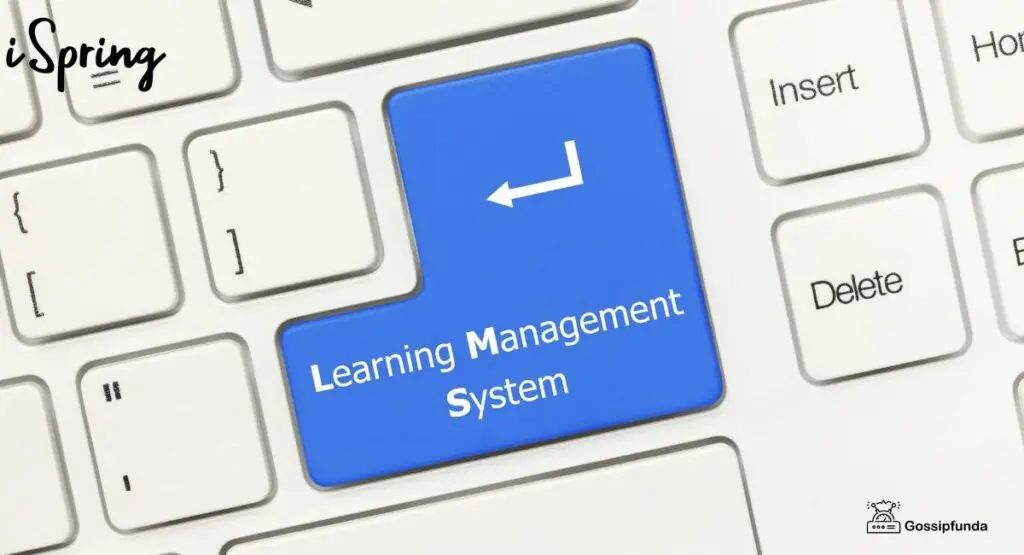Onboarding is an important process for any company looking to make a smooth transition for its new hires. Onboarding is simply the process of introducing and integrating new employees into the culture, policies, procedures, and expectations of your company. It could be a daunting task for some companies, but onboarding can be streamlined and effective with the right approach. In this post, we will explore what works and doesn’t work in the onboarding process.

DOs:
- 1. Create clear expectations: Before the employee even starts their first day at work, ensure that they have a good understanding of what their job entails. Communicate clearly your organization’s goals and their individual role towards achieving them.
- 2. Be Welcoming: Be friendly and welcoming to help create a sense of comfort within them from day one, leading to bonding among colleagues.
- 3. Create a Comprehensive Training Process: This should involve showing how everything works – policies included, i.e., organizational hierarchy, benefits packages, etc. – while allowing them time to learn at their own pace.
- 4. Implement an Engaging Orientation Program: Using quizzes or interactive training sessions wherein employees get hands-on experience rather than bookish lectures helps make onboarding engaging.
DON’Ts:
- 1. Do not overload too much information all at once, as it may only confuse them. Employees may eventually give up trying to connect dots by themselves, resulting in reduced efficiency due to unfamiliarity with the workflow.
- 2. Do not leave out management responsibilities from being part of the onboarding process, as proper managerial support could fuel motivation by easing workplace friction among teams.
- 3. Don’t forget team introductions; everyone wants familiar faces on strange grounds . Introductions enhance connectivity among various departments.
- 4. Do not restrict employee guidebooks: Letting new hires access information about your company online long after joining ensures that they always use up-to-date procedures.
THE IMPORTANCE OF TIMELINES IN THE ONBOARDING PROCESS
Timing is key in the onboarding process. Ideally, you should have a plan spanning the first 90 days, giving your new employee measurable targets. Break down key goals to meet objectives between scheduled formal reviews to prevent overlooked or late feedback. It’s important to encourage frequent check-ins with their designated mentor, as well as periodic feedback from managers.
REMEMBER, NO ONE IS PERFECT!
What is effective onboarding, in essence? Effective onboarding does not mean that employees should adjust within an excruciatingly short period of time; a gradual acceptance and job mastery development spanning at least ninety days, depending upon the industry sector, helps create harmony.
Inculcate positive reinforcements tailored around accomplishing organizational goals between subsequent stages of this simple process. This makes it easier for new hires to adapt and gain momentum toward achieving their designed objectives.
EXPECT THE BEST AND BE PREPARED FOR THE WORST
It’s sometimes easy to forget in the rush of welcoming new staff, but accidents do happen; software could break down, or even the employees themselves may need urgent arrangements, which leaves organizations stranded when it wasn’t prepared for events like these. Having contingency plans are a lifesaver in situations like this. A ‘Tech support personnel,’ “Emergency Relief Fund,”‘ or maybe even policies covering what can be done during exigencies is valuable.
KEEPING CREATIVE MORALE UP
Employees who go above and by winging out-of-the-box ideas and solutions feel validated when given proper credit by management.
“Reduce daylight Drudgery”- Employees don’t work effectively without Taking breaks. Managers must keep reminding them without joking around (This must be continuously instilled). Enforcing team building activities such as cinema visits every last Friday of the month can help rejuvenate the creativity workers put into their responsibilities.
YOUR EMPLOYEES ARE YOUR KEY RESOURCE IN GROWTH – TREAT THEM RIGHT!
Being empathetic in treating your staff goes a long way in retaining employee loyalty to your brand leading to lesser turnover rates. Giving them reasonable leave days shows that you care about their well-being, and happy workers are better motivated. Also, complimenting employees on good work and adding constructive feedback on areas requiring improvement rather than emphasizing demerits can serve as a vital morale booster.
So, how do you know how things are going? One objective manner of monitoring an employee’s progress is by appraising performance within mechanisms that track progress over specified periods of time. This could be via Performance metric software, which rates Key measurable Tasks.
CONCLUSION:
Onboarding takes time, effort, and resources, but it pays off once done right. It involves making new hires feel welcome while ensuring they have what they need to do their job effectively from day one. Let your new hire never forget his first day at the office and ensure that the memory brings back the excitement of working for the brand. Ultimately, the founders are responsible for fostering an inclusive workplace where everyone feels like they belong. Community-driven company culture helps retain staff, maximizes resources, and drives results toward upward mobility.
I am passionate about my work. Because I love what I do, I have a steady source of motivation that drives me to do my best.
I’m not comfortable with settling, and I’m always looking for an opportunity to do better and achieve greatness. I have a keen interest in the technical field. Apart from this, I am a social media influencer.


